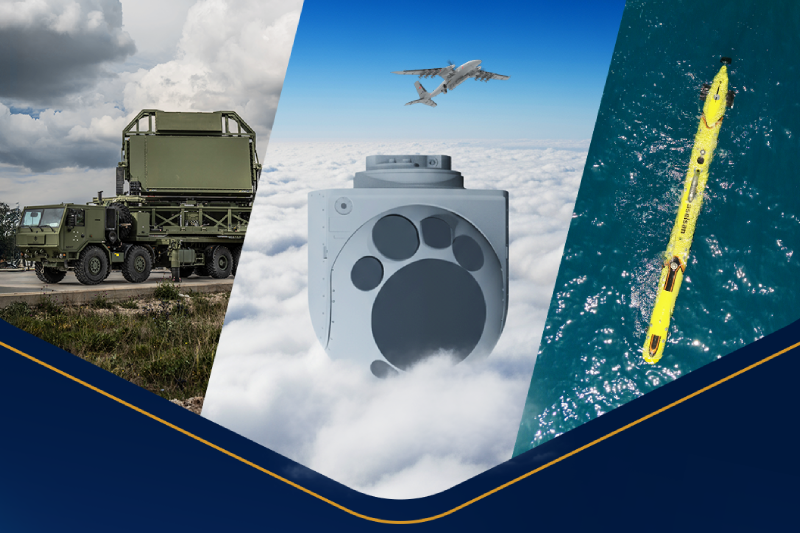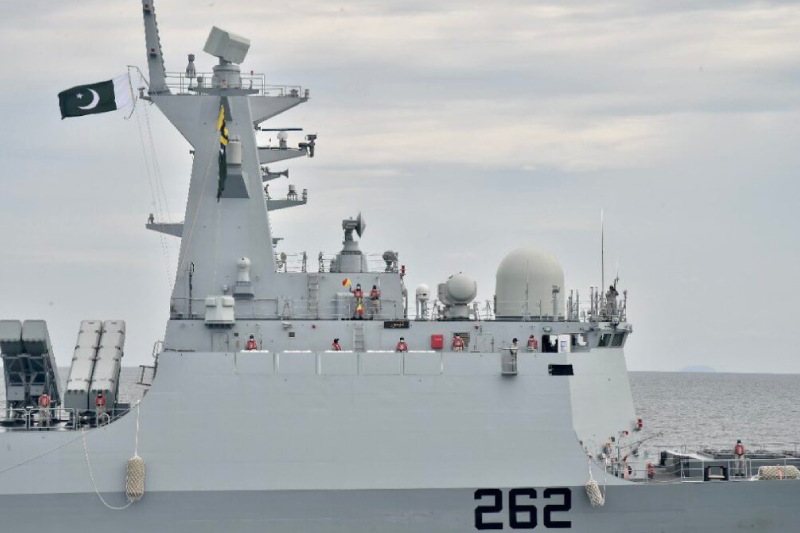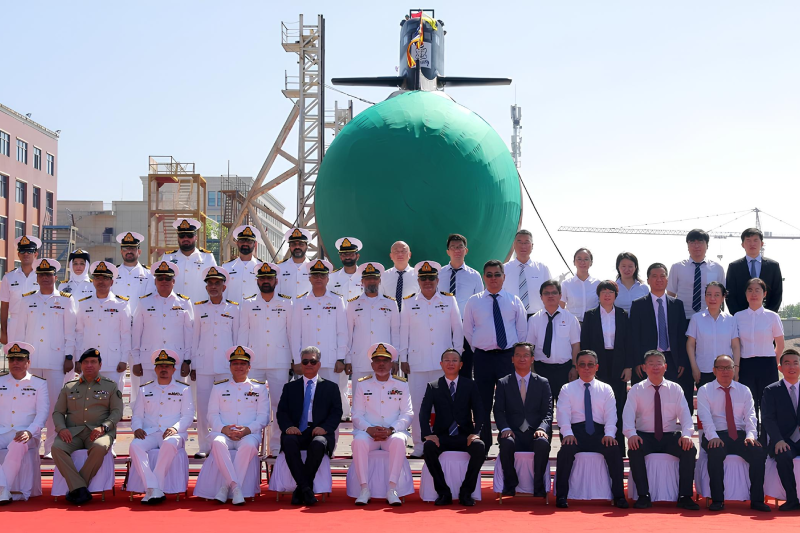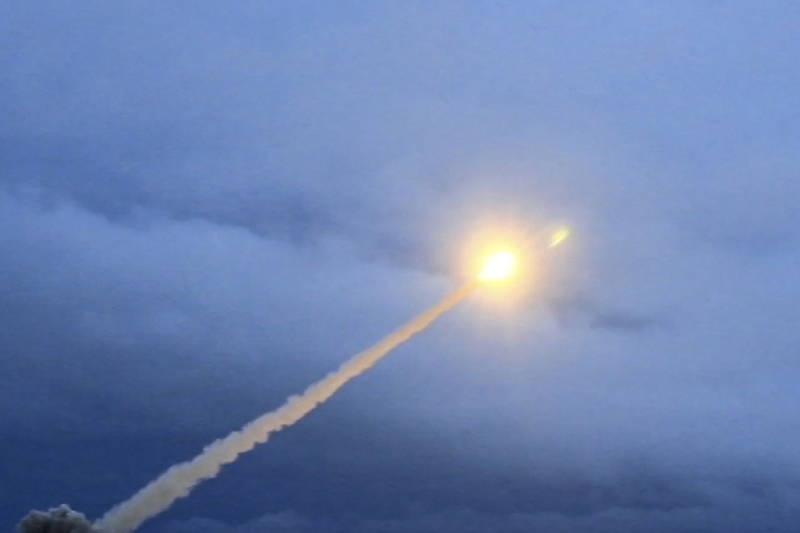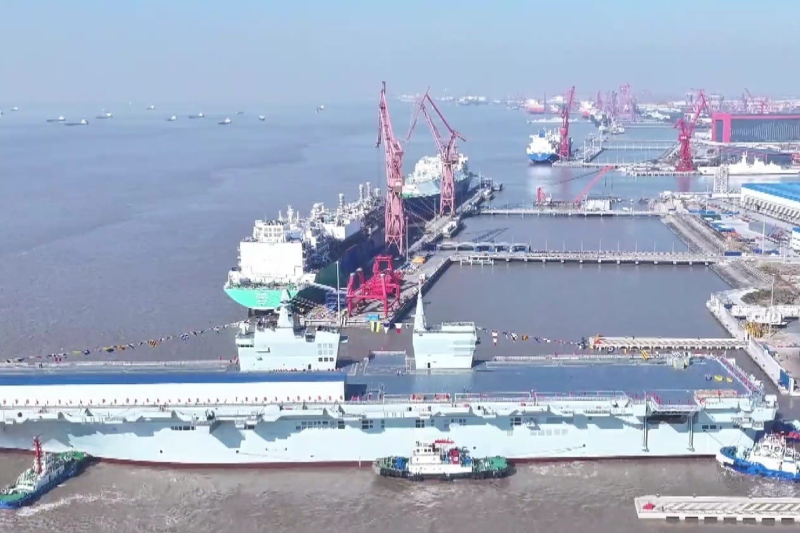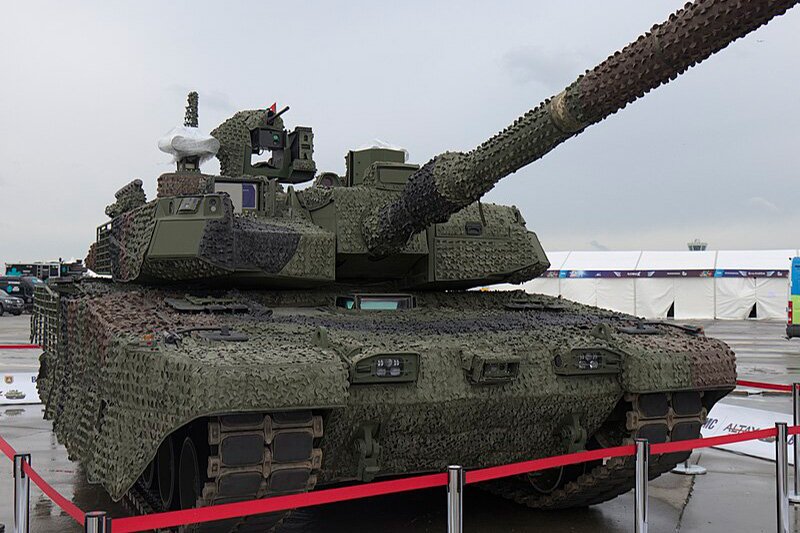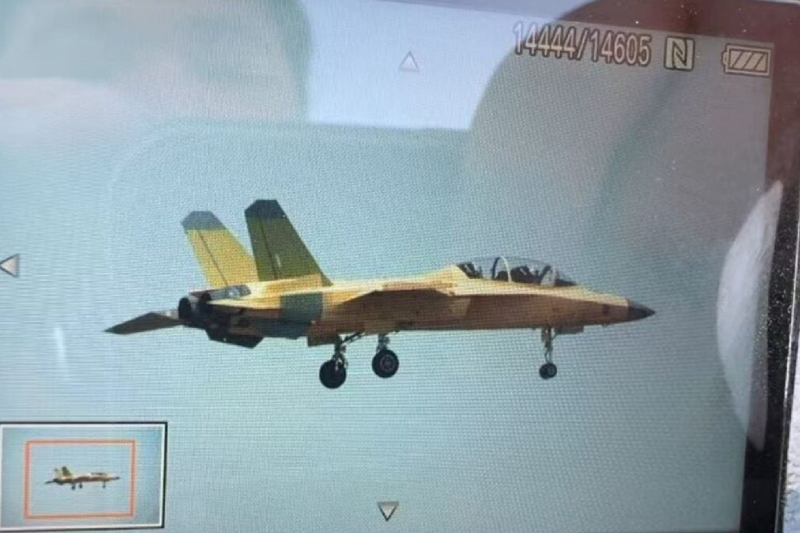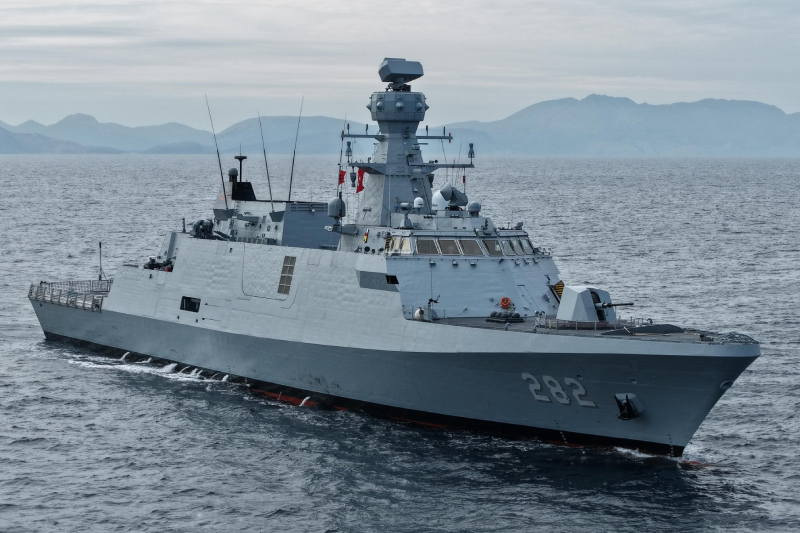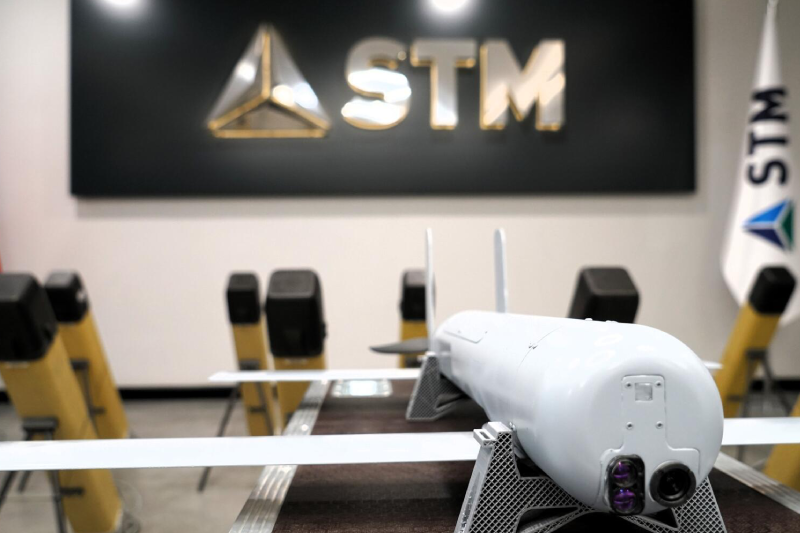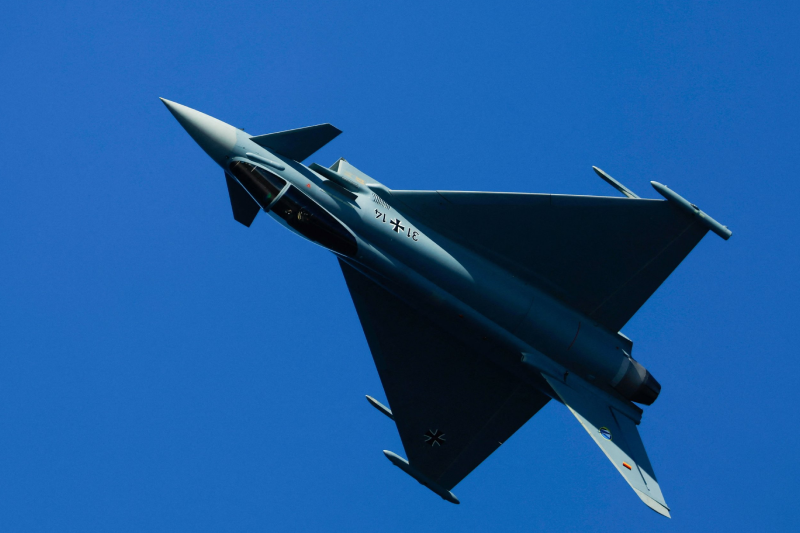AMAN 2025: Global Maritime Peace And Security
The present-day world seems to have come full circle since the events of 9/11. Traditional threats now eclipse the previous dominant concern over non-traditional threats. The rise of China has become the most significant event of the twenty first century. A rapid surge in China’s economic and military might is spawning an era of new world order. Never since the end of cold war did the United States find itself so challenged as it is today. With China and Russia forging a formidable strategic partnership as embodied in Shanghai Cooperation Organization (SCO) and expanding their worldwide influence, the competition appears to be expanding from “Eurasian heartland” to “Eurasian Rimland” namely, South Asia, Middle East, and South East Asia.
By far the greatest shift in the regional and global order in recent times has been China’s Belt and Road Initiative (BRI) in which China Pakistan Economic Corridor (CPEC) is the flagship project. The port of Gwadar on the western fringes of Pakistan’s Makran coast constitutes what could be conveniently called the “bedrock” of CPEC. It is from this port that China will connect to Africa, Middle East, and other parts of the world. It will also serve as the “gateway” for transit trade router to and from Central Asia.
The security of Gwadar port along with associated maritime infrastructure and seaward approached is mandated to Pakistan Navy. A specially configured contingent comprising of professionally trained, fully geared and agile manpower stand guard to secure smooth functioning of the port. To add this, Intelligence Surveillance and Reconnaissance (ISR) facilities along the coast and well-established, “Joint Maritime Information and Coordination Centre” (JIMCC) of Pakistan Navy meanwhile ensures early warning of any developing threat.
As post 9/11 scenario surfaced new threats, safety and security of major maritime highways became a paramount global concern. With some of the vital international sea-arteries traversing close to Pakistan’s Makran coast, country’s navy quickly occupied strategic maritime space in the western Indian Ocean as part of effort in Global War on Terror (GWOT). Pakistan Navy then assumed the mantle of providing security and assurance of safe passage to legitimate commerce in the said sea expanse. A sustained participation in US-led Combined Task Force 150, aimed at combating maritime terrorism, human and narco trafficking, and other crimes at sea besides engagement in anti-piracy coalition (Task Force 151) has been a valuable contribution by Pakistan Navy.
The participation in Coalition operations in Combined Task Force 150 and Combined Task Force 151 proved well for the larger good of the international community and regional maritime security. This continued for well over decade and a half. The period was punctuated with Pakistan Navy assuming command role of these combined coalition forces on several occasions. The navy also seized contraband cargo shipment at high seas and provided humanitarian assistance to regional countries on several occasions. Apart from enduring participation in various international coalitions, Pakistan Navy laid the foundation of a large-scale multinational exercise “Aman” or “Peace” in 2007. The Exercise is planned with focused objectives, which includes; Enhance interoperability with regional and extra regional navies thereby acting as a bridge between the regions and to display united resolve against terrorism and crimes in the maritime domain. This meant presenting a collective response to maritime threats and challenges that had universal implications.
The main objective/ theme of AMAN series of multinational exercises are to promote regional cooperation and stability, greater interoperability and to display a united resolve against terrorism and crimes in maritime domain including piracy, The word AMAN means ‘Peace’ and the slogan of the exercise is ‘Together for Peace’ which clearly indicates the objectives and purpose of the exercise. The Exercise is designed to provide a common forum for:
- Information sharing, mutual understanding and identifying areas of common interests for group analysis and dialogues through lnternational Maritime Conference.
- Developing and practicing response tactics, techniques and procedures against asymmetric and traditional threats during sea phase of the exercise.
- lntermingling of multinationals with depiction of their respective cultures during cultural shows/food galas.
Today, AMAN is more than “Peace.” It would not be wrong to title it as “Aman-o-Amaan” – “Peace and Security,” as the literal meaning in Urdu suggests. Since the first in the series held in 2007, AMAN has been scheduled on a biennial basis. Over time, the exercise has enlarged in scope and extent. In 2023, the exercise saw participation by 50 countries. Symbolizing maritime security and stability in a volatile region, AMAN is and shall remain a harbinger of peace and pride for Pakistan.
Also read this: COLLABORATIVE SECURITY IN THE INDIAN OCEAN: AMAN-25
Looking ahead, the upcoming AMAN Exercise, planned for February 2025, marks a significant milestone. For the first time, the AMAN Dialogue will be conducted alongside the exercise, inviting heads of navies, coast guards, and other stakeholders to share perspectives on pressing maritime security issues. This groundbreaking addition will serve as a platform for fostering deeper collaboration and understanding among global maritime forces, further enhancing the AMAN series’ reputation as a beacon of peace and cooperation in the maritime domain.
Written By: Cdr Muhammad Azam (Retd)
Keep connected with us at Facebook, Twitter, YouTube, Instagram & TikTok for latest defense happening around the globe.
Discover more from International Defence Analysis
Subscribe to get the latest posts sent to your email.


